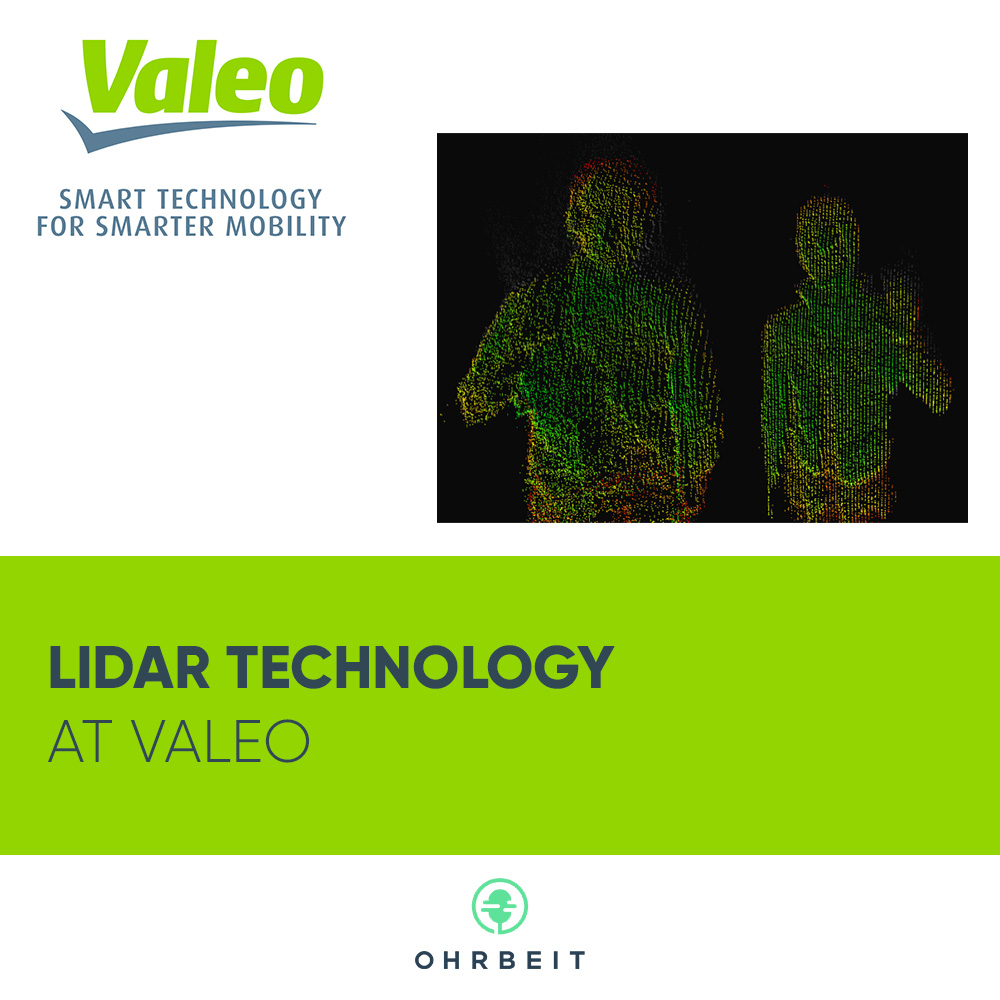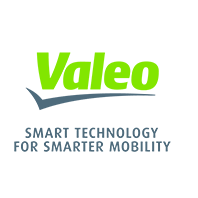

Lidar technology and the future of automotive
Join the market leader in LiDAR and see your own technology on the road
LiDAR technology is a form of three-dimensional laser scanning and is used to measure distance and speed in autonomous driving.
Up to now, only Valeo has succeeded in bringing LiDAR technology to the automotive market - the international player's technological edge makes the company one of the most successful suppliers in the OEM sector.
In this Jobcast®, Thorsten and Christoph, who work in the LiDAR technology department at Valeo, tell us why they enjoy going to work every day.
They also share their challenges at work and what makes them particularly proud: Seeing their own technology on the road.
If you want to invent the future of the automotive industry, you have come to the right place!
Click on the green button to go directly to the Valeo career page.

Valeo
- Standort
- global
- Stellentitel
- LiDAR Engineering
- Branche
- Automotive
- Key Skills
- Autonomous driving development
- Radar and sensor technology (LiDAR)
- Experience in the field of R&D Automotive
- Key Tasks
- System Engineering for Advanced Driver Assistance Systems (ADAS)
- Interdisciplinary, project-oriented collaboration
- develop innovative driving comfort and safety products
Transkript vom Jobcast
LiDAR Terchnology JobcastThorsten: If you consider autonomous driving on a level three car, you will for sure have Lidar Technology in it.
Alex [OHRBEIT]: Hello. Hello, this is Alex from OHRBEIT. In this original Jobcast, you will learn more about what it's like to work for the Lidar technology team at Tier1 automotive supplier Valeo. First, Christophh and Thorsten will introduce themselves briefly and then they will tell you what makes their daily work special in this team. What they have learned at Valeo and what really motivates them.
Christoph: Hi, I'm Christoph. I joined Valeo four and a half years ago. My role today is taking care of system and function of our Lidar prototypes in the Advanced Development team.
Thorsten: My name is Thorsten Broich. I'm an optical engineer and so far Valeos only senior expert for Lidar technology. I'm also working in the Advanced Development Group. What's typical for our work is what we call the NFL sensor, which is the near-field Lidar. It basically shows how fast we are in developing and bringing a sample products to the market. We make the stations, we make the automatization ourselves. We basically did everything in the laboratory, and that is so to say, our unique selling point.
Christoph: I think this is absolutely not standard in industry, and it's also what makes a difference for Valeo from other companies doing similar. So what happened? Some customer front end people came to us. The use case was that they want to detect very precisely what is very close to the vehicle in the surrounding, like small obstacles and also like animals close by, because the idea of the customer was to start the vehicle autonomously so that it can, for example, leave the garage on its own. So we started with a commercial system just on a vehicle, and the performance was not good at all, to be frank. And then we were slowly thinking on how can we improve that. After two generations we had a sensor that was likely to use on the outside, provided actually quite good data on both in the laboratory and also on the outside. Then we also came to the opportunity to build them and to develop the production line. And I think at least my personal experience in designing a production line was simply not there. So I had a very, very steep learning curve. Exactly here.
Christoph: If you don't work properly and you don't, don't develop properly, you will have a lot of issues that I was not aware of when I worked in the institute during my PhD. So reliability and quality is something that I learned within the last two, three years that is very important...
Thorsten: What I definitely learned is that making your developments and also your research understood by people who have very little technical knowledge of this or are from a completely different field - to make them understand first, how does the product work, what we have, and also what is the benefit.
Thorsten: We talked about that our sensors are already on the street and which is a huge gap to our competitors. For example, to see that what I'm working on is definitely then used as something that keeps me going in the end.
Christoph: We have proven that the developments and also the research can lead to something that you have later in your hand. This is one thing and also the development is never ending. Learning also with and from the technology itself, from having the sensor in the field, looking at the data, see what happens. Based on this, you will have a better next version.
Alex [OHRBEIT]: If you are interested in using and developing your engineering skills at Valeo and working on the future of the automotive industry. You can find out more on the Valeo Careers page. Another way to show your interest in this job is we are our OHRBEIT Jobcast page. Without a resume and without a cover letter in less than 30s. The link is Jobcast.de/valeo-lidar. We wish you every success in your personal and professional development.
LiDAR Technology Valeo Jobcast End